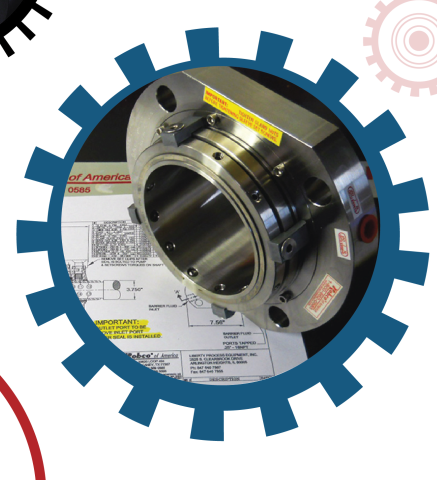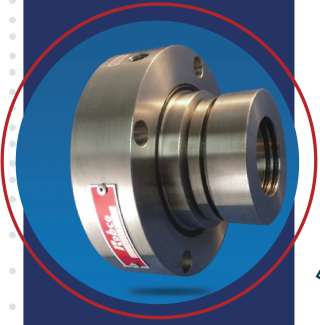Bearing vs Bushing: Know the Difference
All types of machines feature moving parts involving rolling or sliding motion. Relative motion examples include linear sliding motion in machine tools or rotation motion in motor vehicle wheels. Machinery moving at very high speeds require bearings – precision-made machine components. They handle stress and help reduce friction in moving parts On the other hand, the […]
Bearing vs Bushing: Know the Difference Read More »










